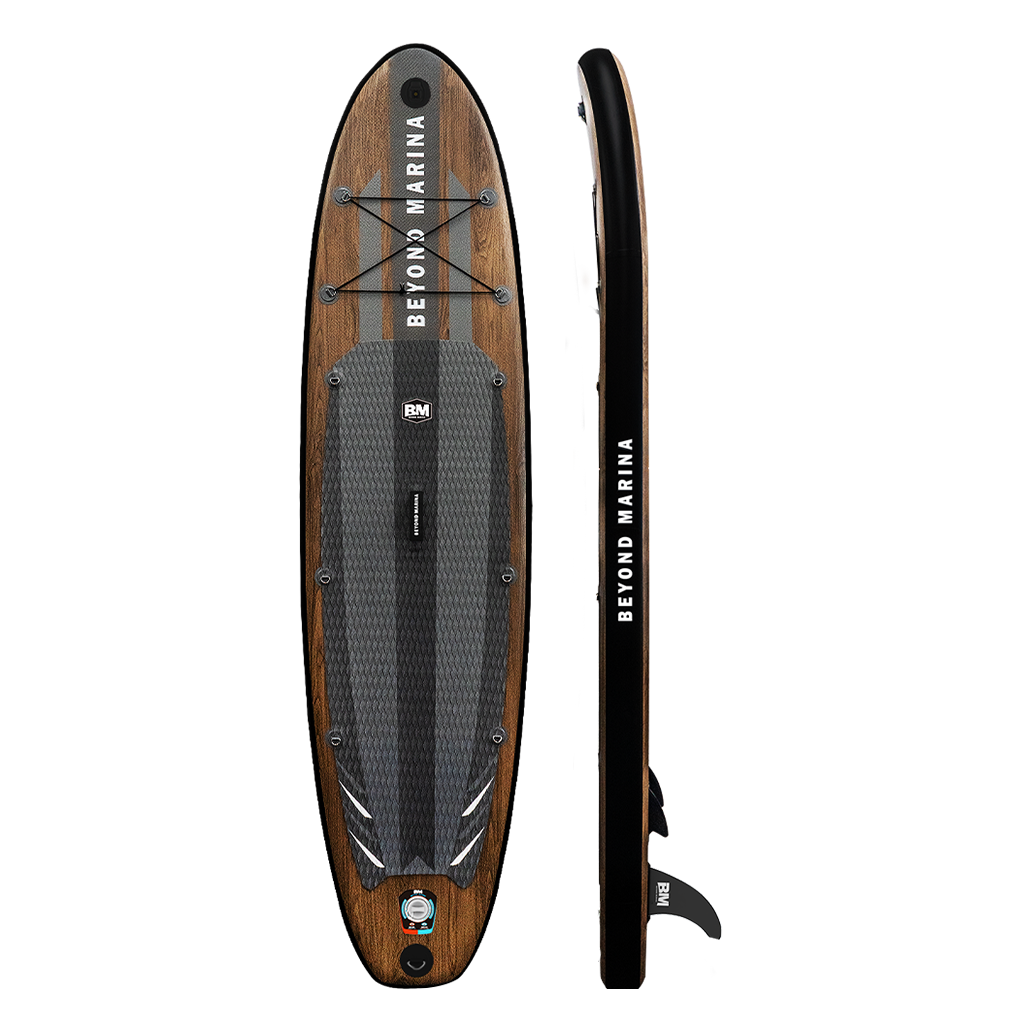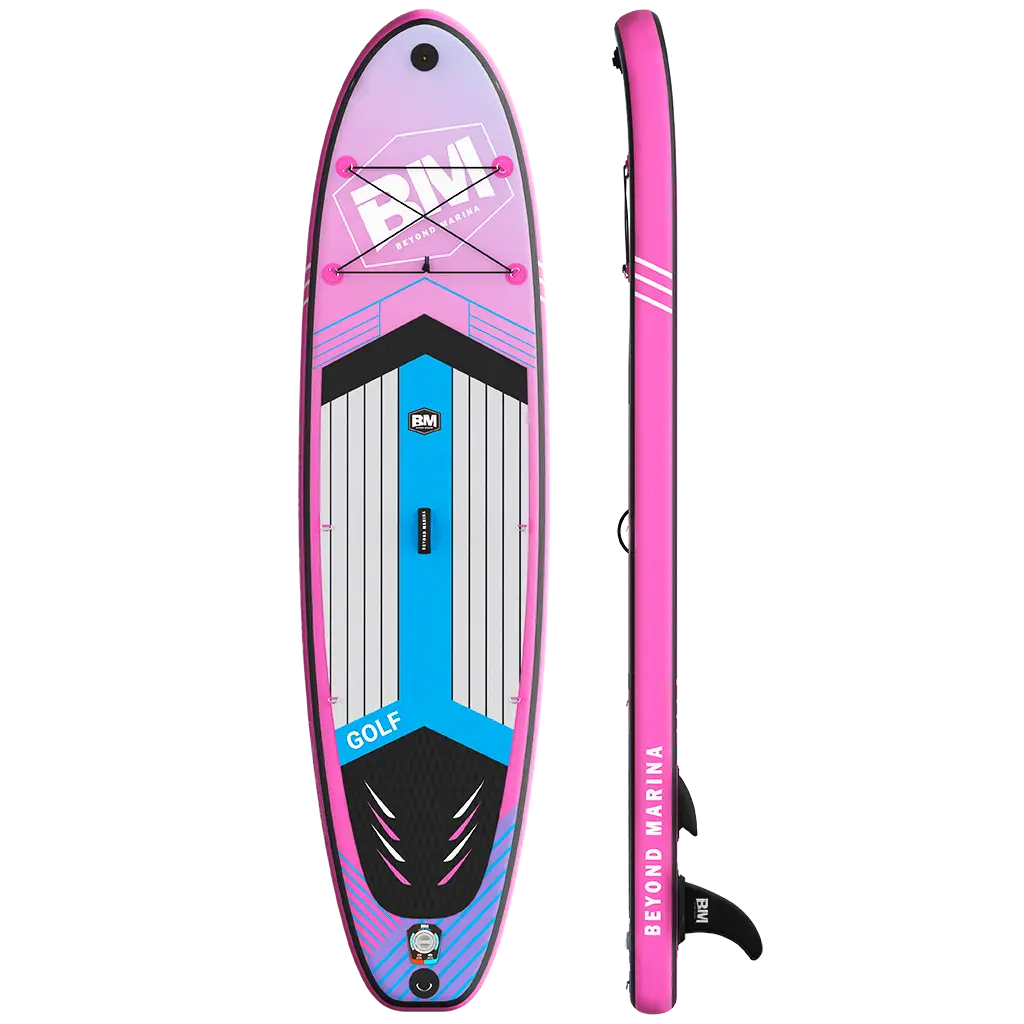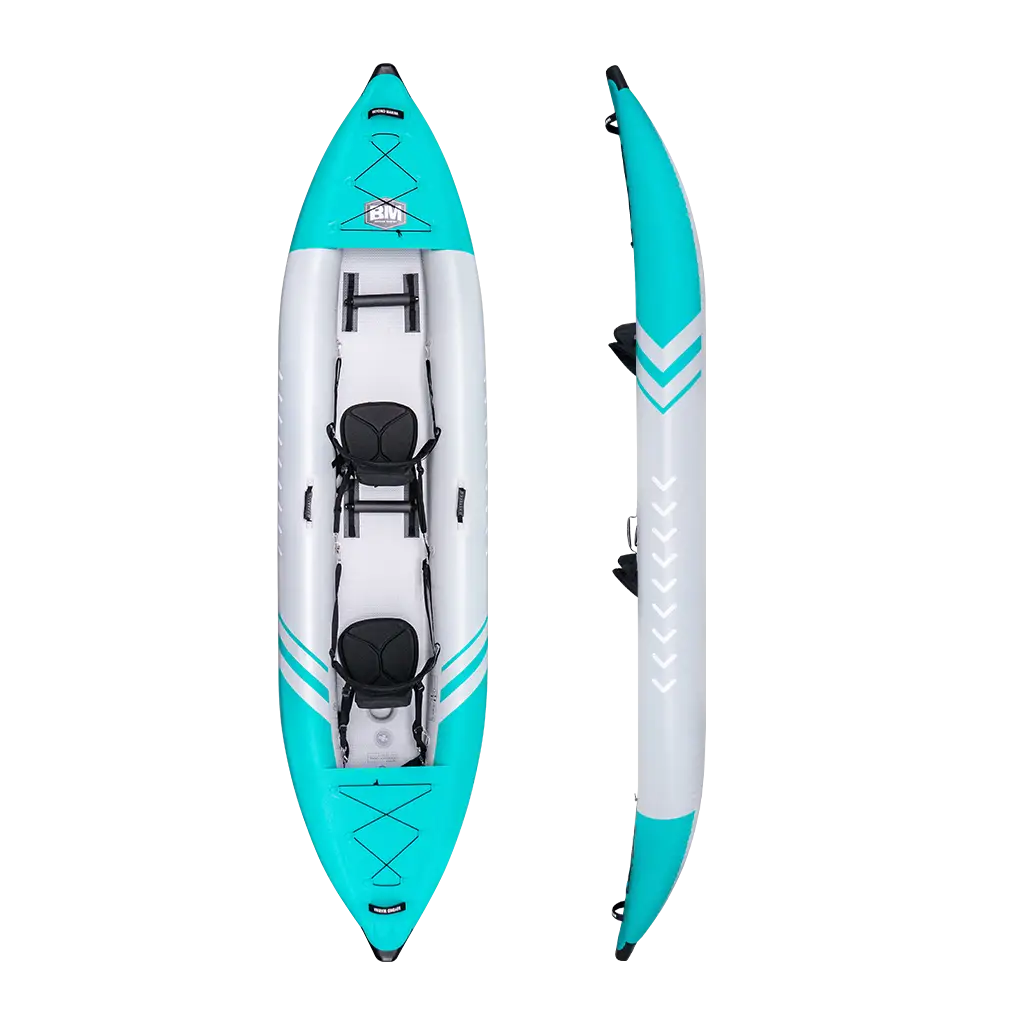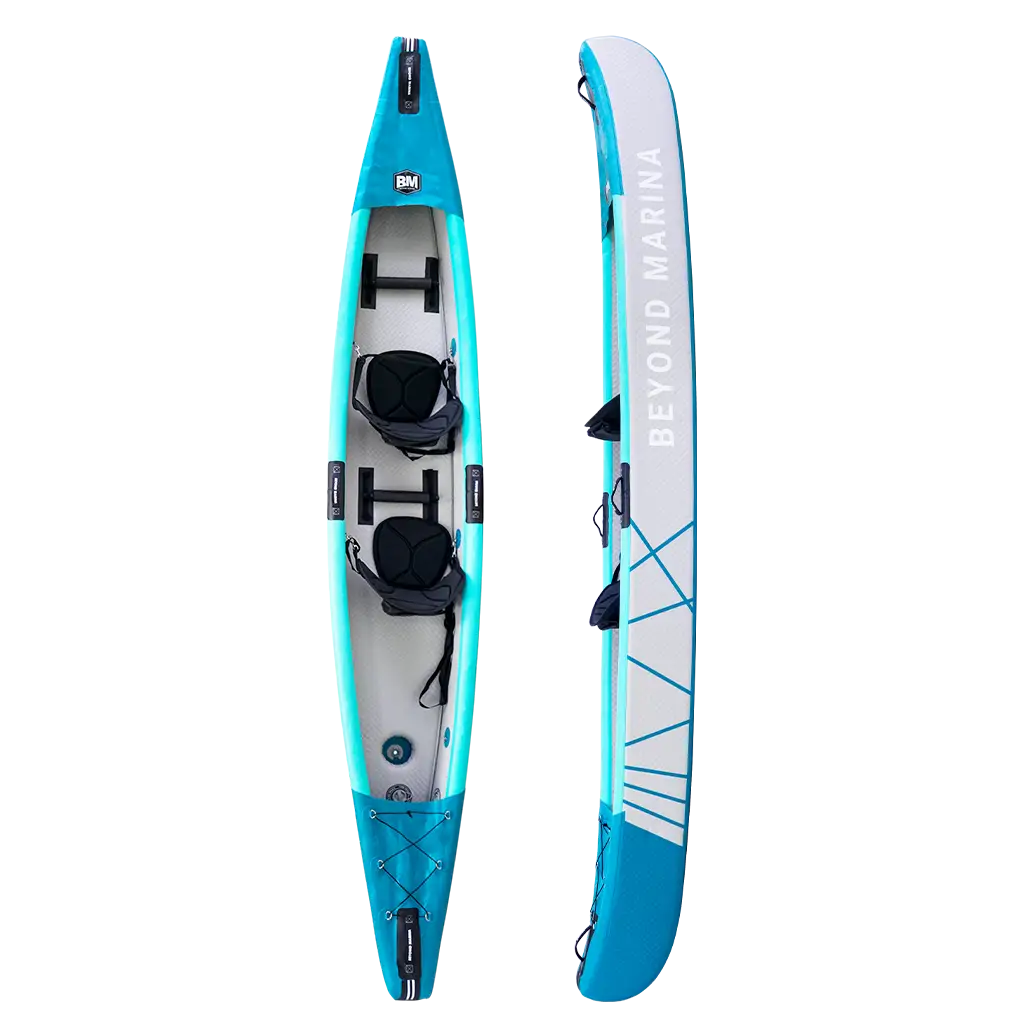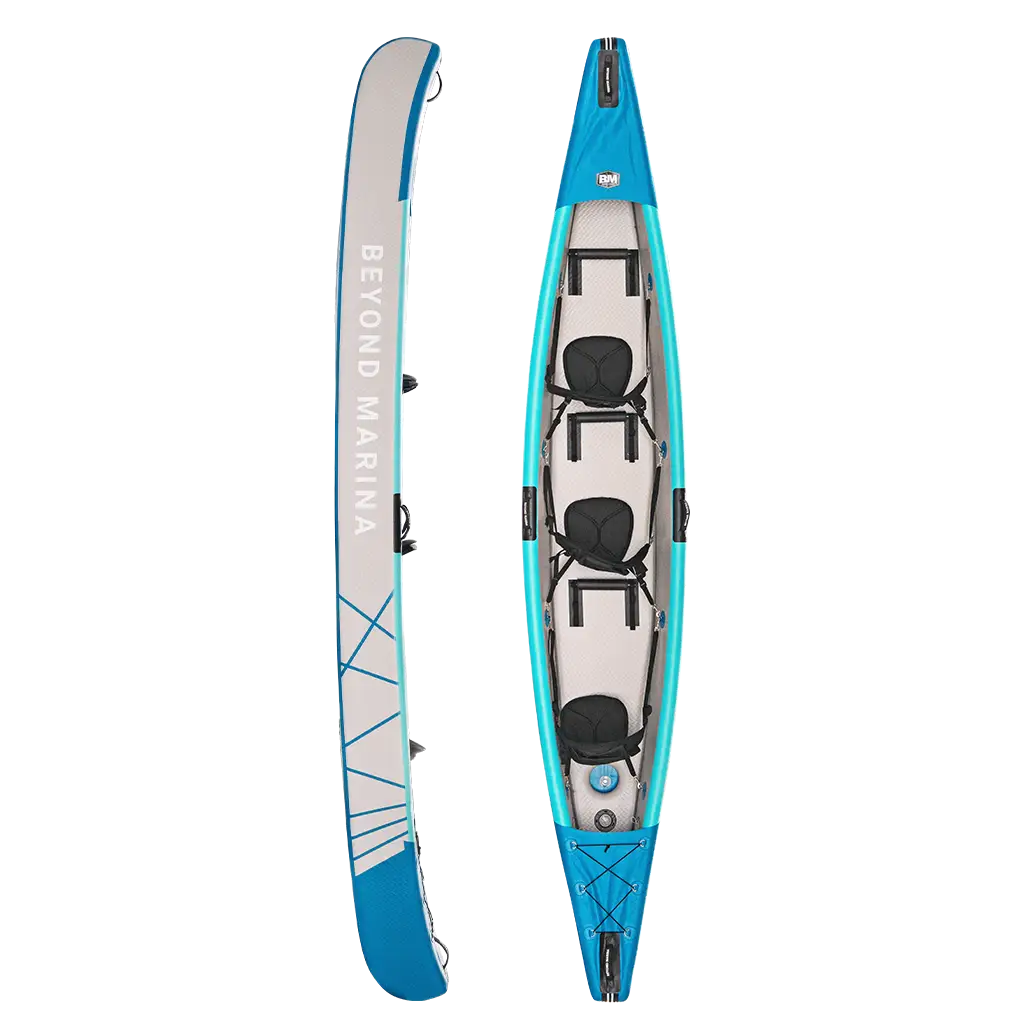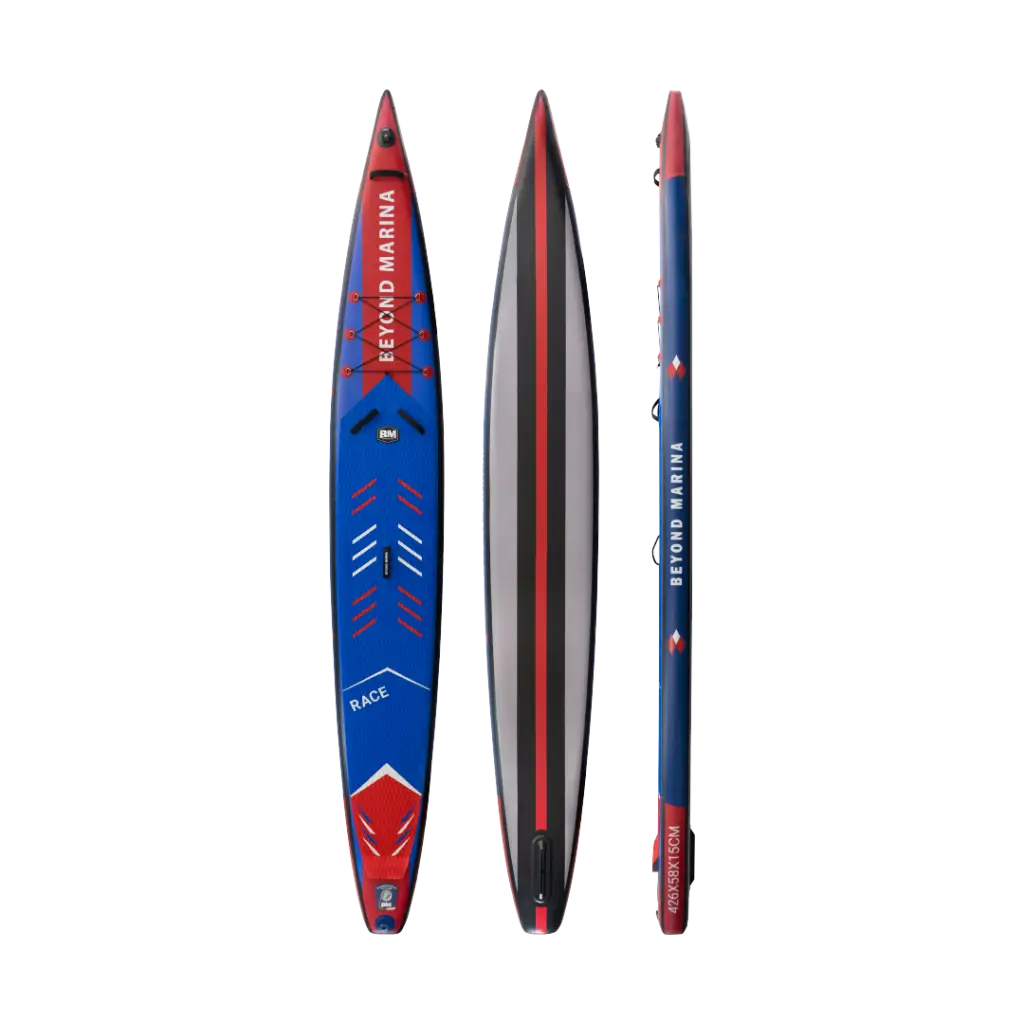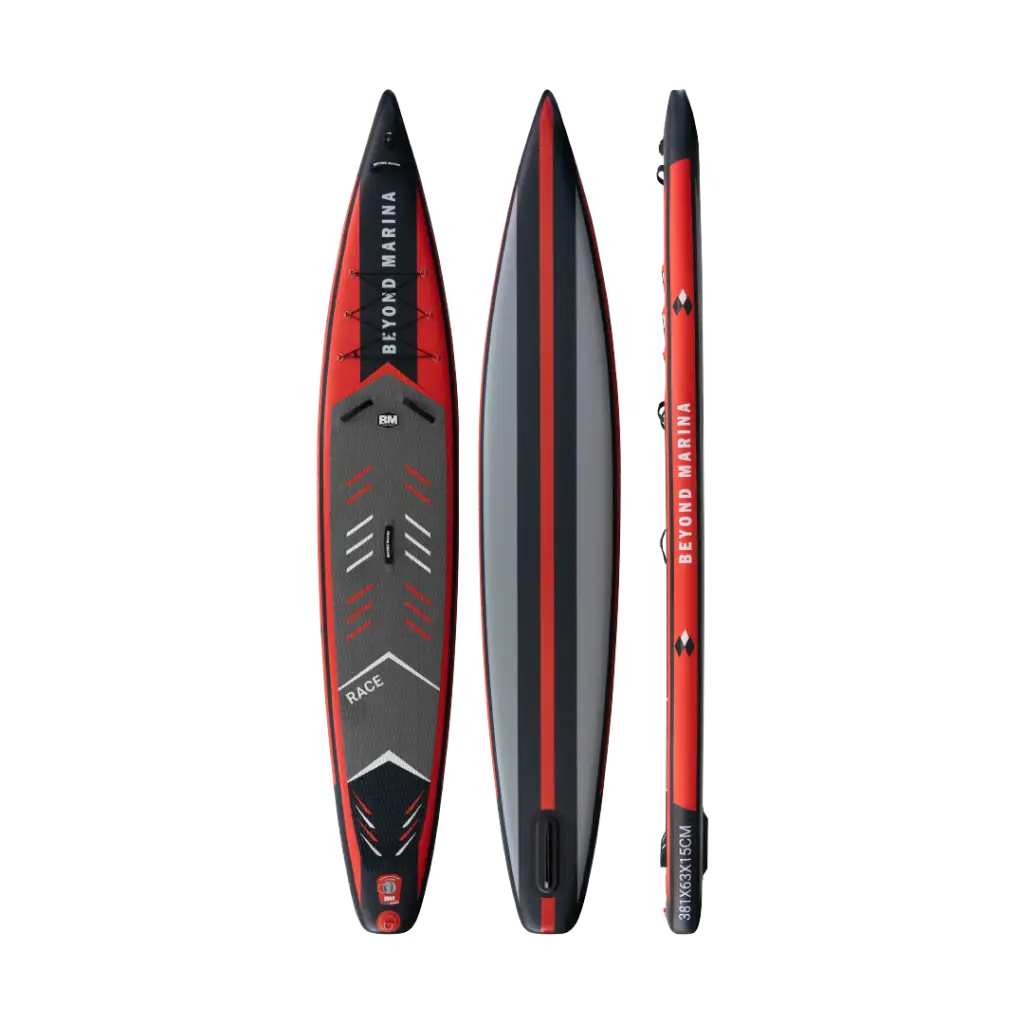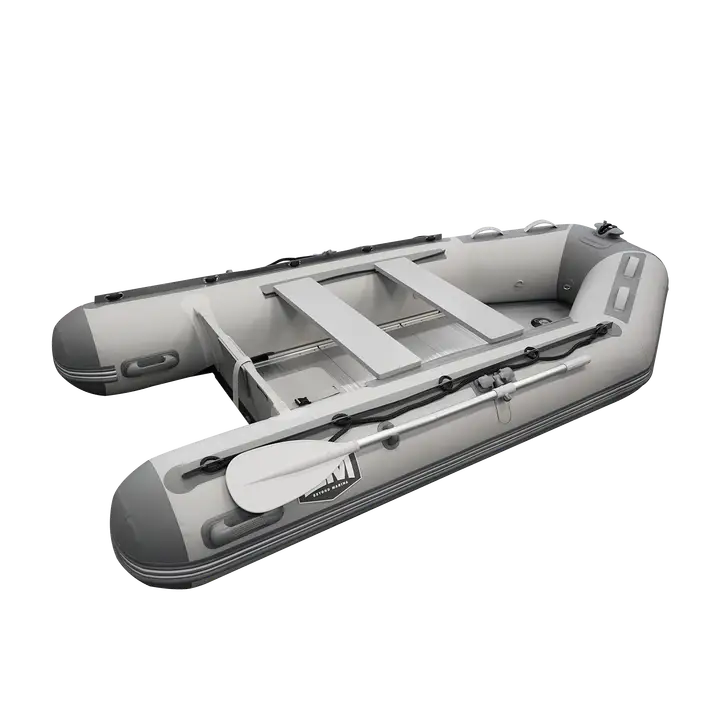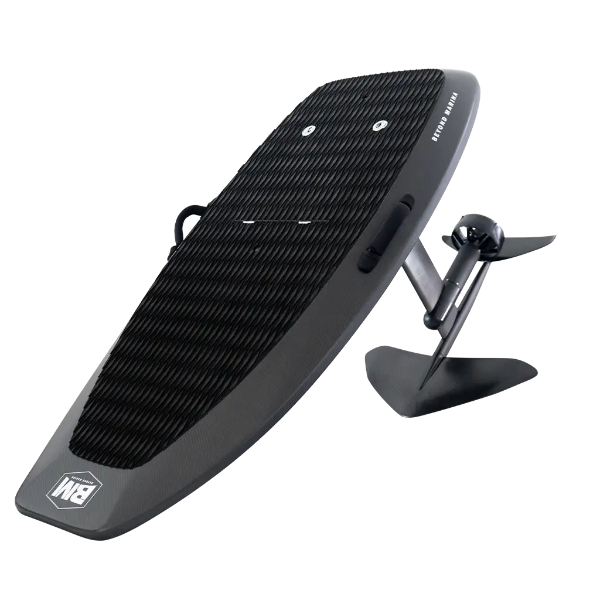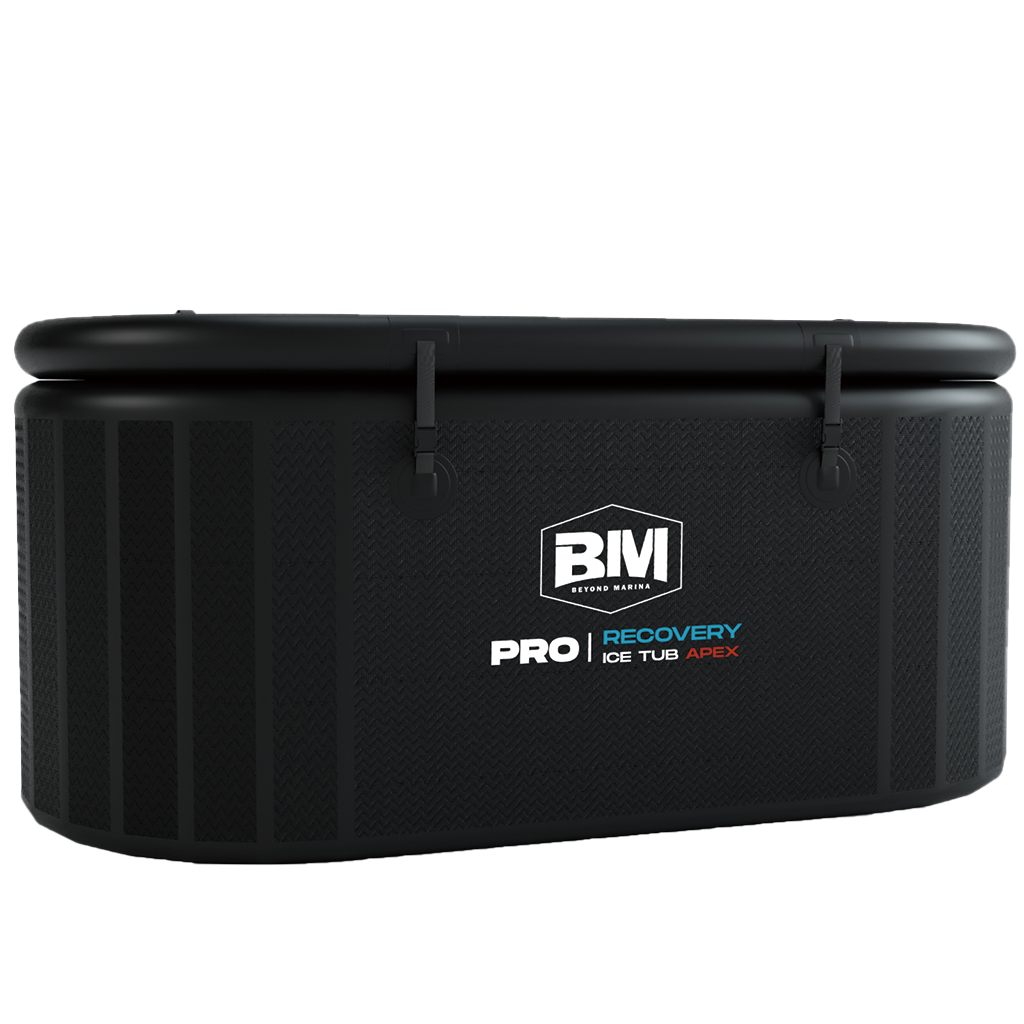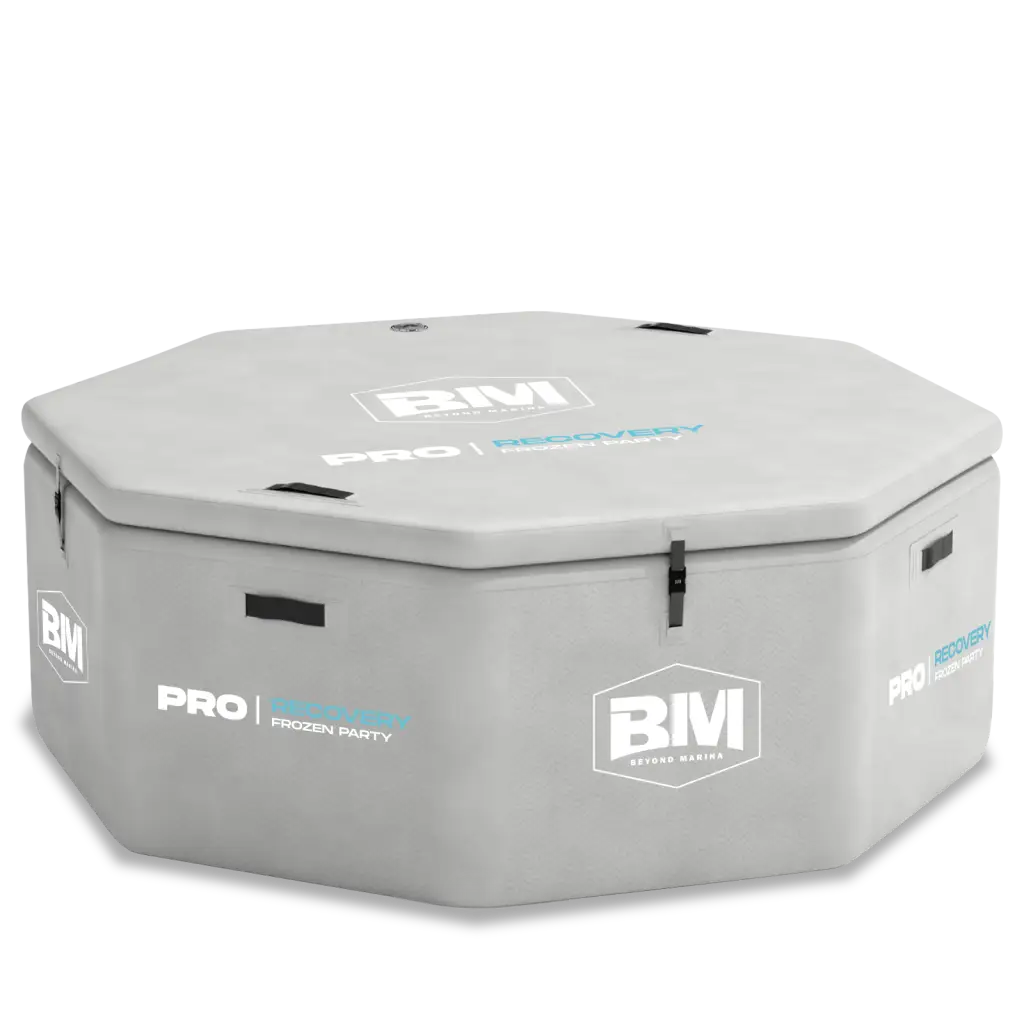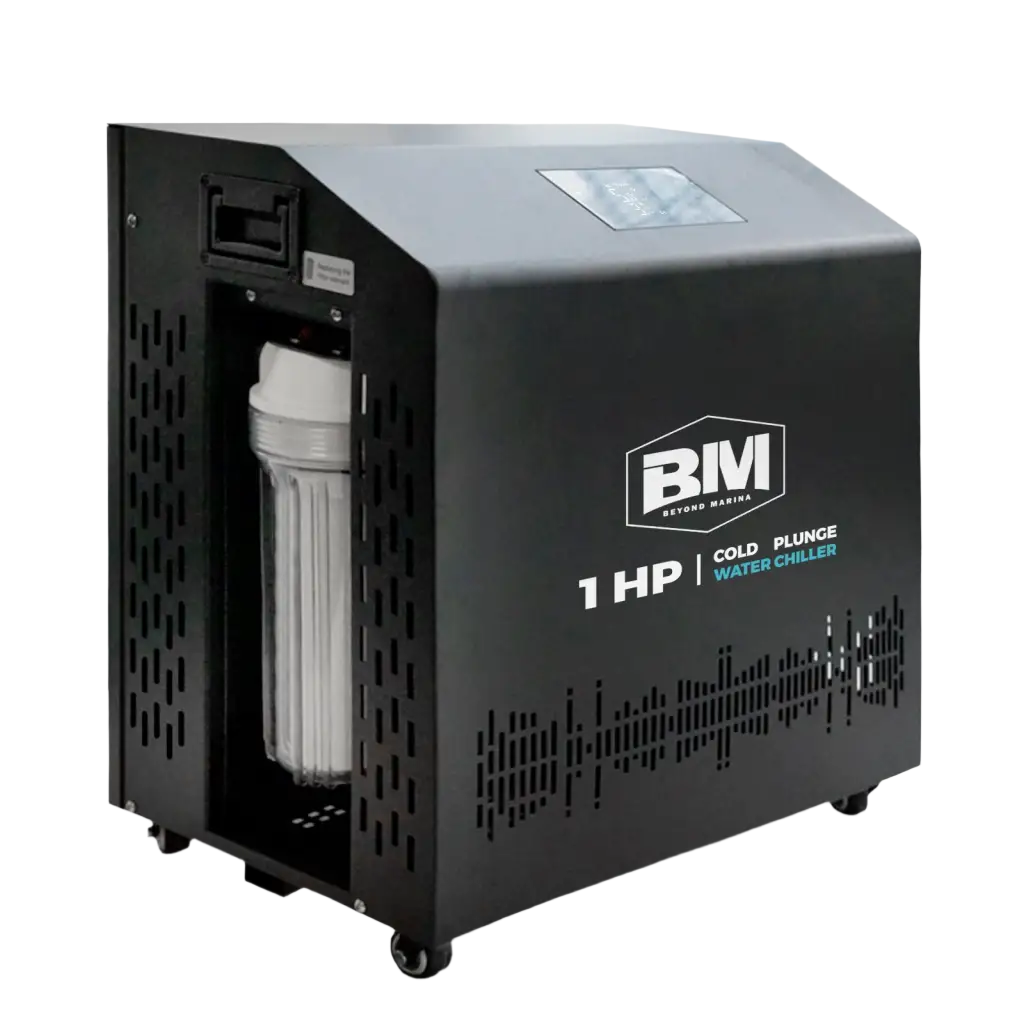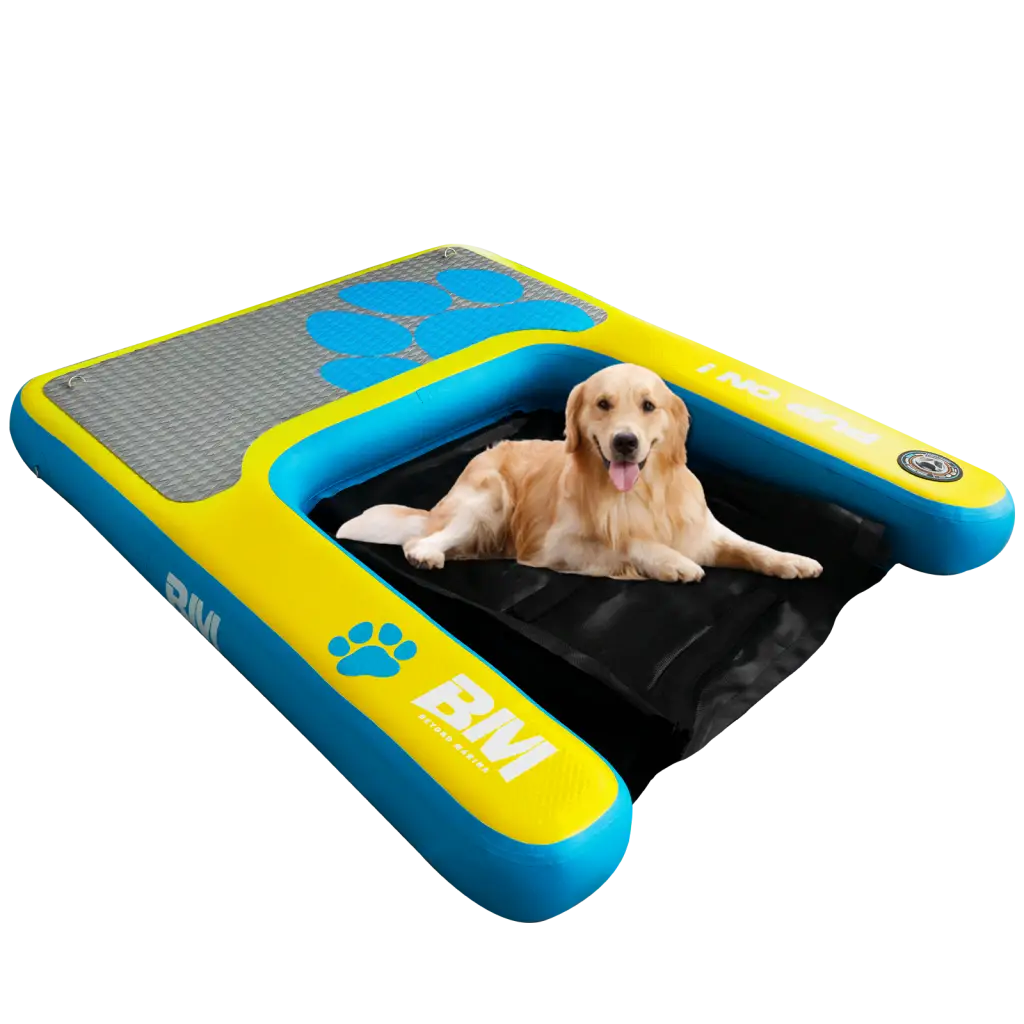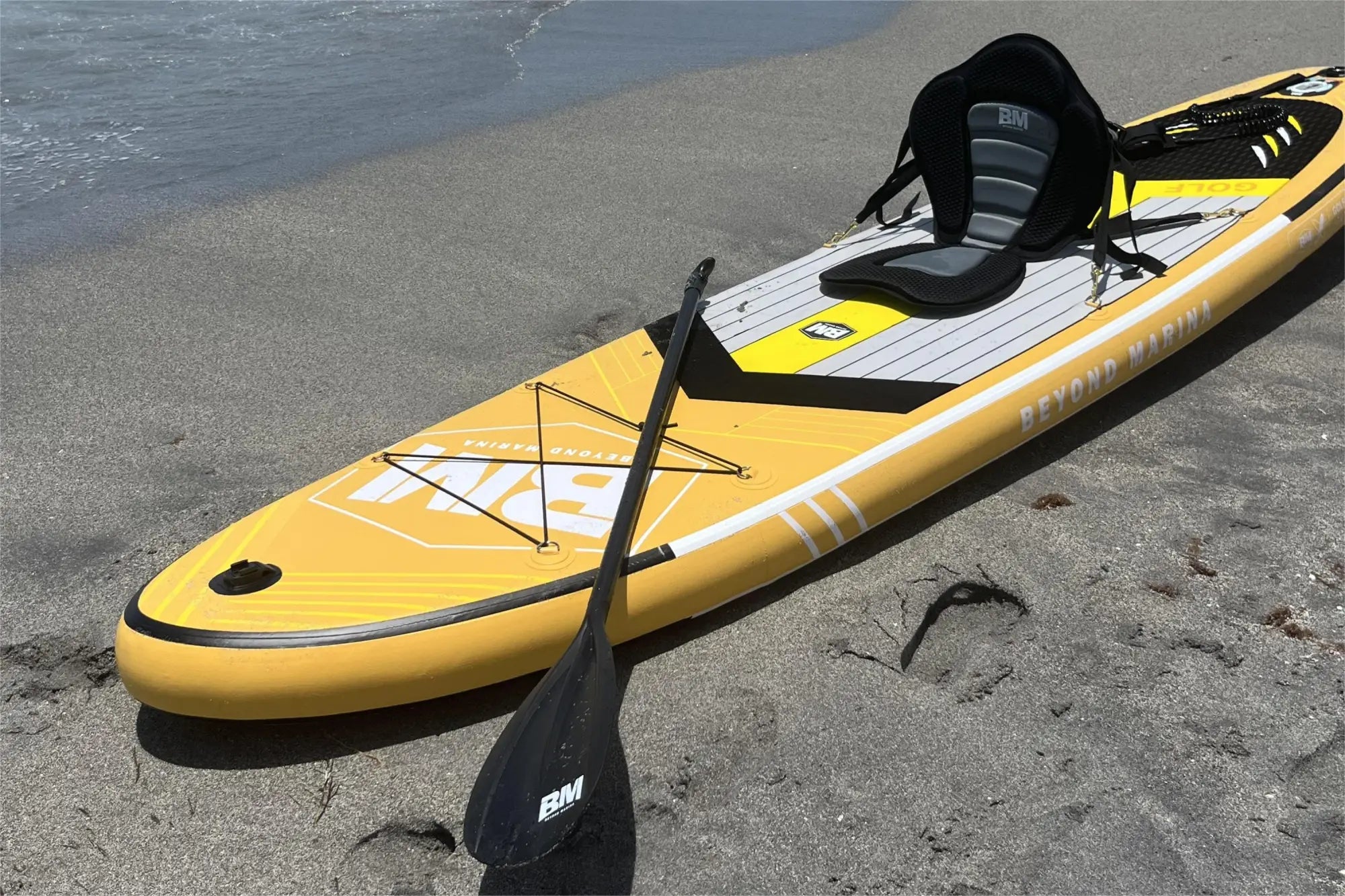Stand-up paddleboarding (SUP) is a fantastic way to get outdoors, enjoy the water, and stay active. If you’ve just started, the initial steps might seem a bit challenging, but with practice and proper guidance, you’ll be gliding across the water in no time. Here’s a step-by-step guide to help you get started with SUP and build your confidence on the board.
1. Getting Started: Finding Your Balance
The first thing you’ll want to do is get on the board. Start by sitting at the center of the board for stability. This helps you get a feel for how the paddle board responds. Once you’re comfortable, slowly shift onto your knees. When you feel stable enough, carefully rise to your feet, positioning them where your knees were.
2. Paddle Position and Technique
Hold the paddle with one hand on the handle and the other about two feet down the shaft. As you propel yourself forward, submerge the blade fully into the water and draw the paddle towards you. Make sure to maintain the blade submerged throughout the stroke to keep the movement fluid. Establish a rhythm with your strokes, and you’ll soon feel the inflatable board glide smoothly.
3. Standing Up: Perfect Your Stance
Once you’re ready to stand, position your feet at shoulder-width apart, flanking the carrying handle. Adopt an athletic stance with your knees slightly bent to keep yourself balanced. Keep your core engaged and focus on staying relaxed to maintain stability.
4. Maintaining Forward Motion
To move forward, paddle evenly on both sides. The more consistent you are with your strokes, the smoother your ride will be. If you need to turn, simply paddle more on the opposite side of the direction you want to go. For example, to turn left, paddle harder on the right side, and to turn right, paddle harder on the left side.
5. Stopping and Slowing Down
To stop or slow down, gently drag the paddle alongside the board in the water. The resistance will gradually slow your momentum. For a faster stop, paddle backward on one side until you come to a complete halt. Remember to keep your stance stable, with your knees slightly bent to maintain balance as you slow down.
With these basic steps, you’re on your way to becoming a confident stand-up paddleboarder. As with any new skill, practice is key, so don’t get discouraged if you don’t master it right away. Just keep paddling, stay relaxed, and enjoy the process. Happy paddling!



